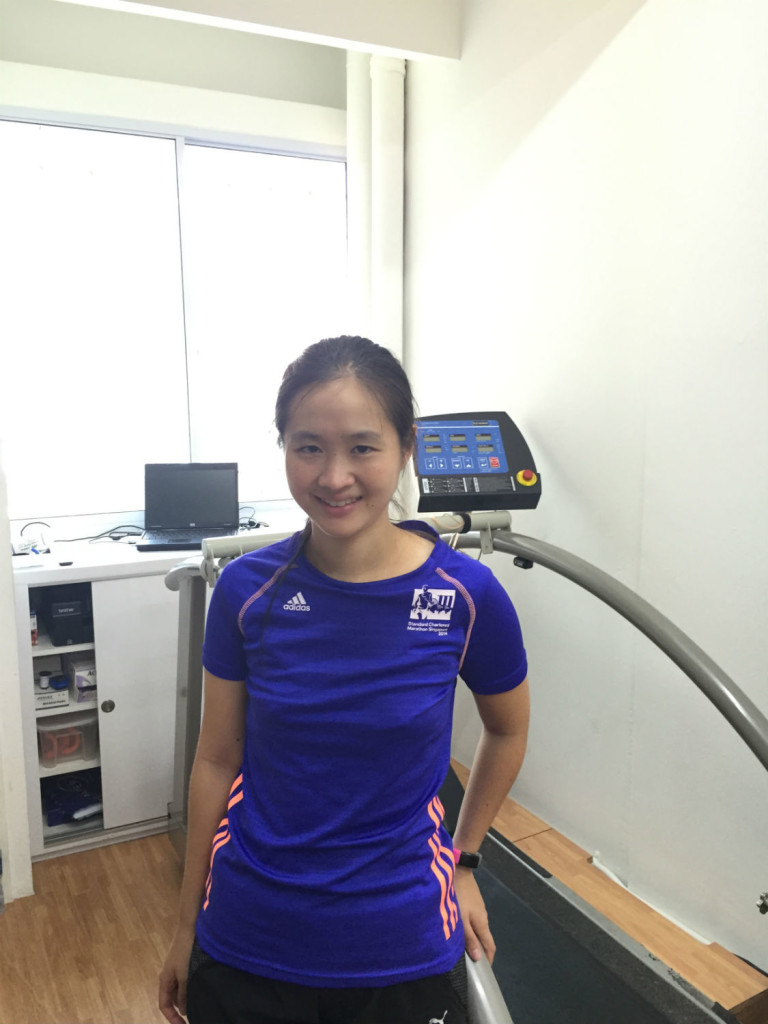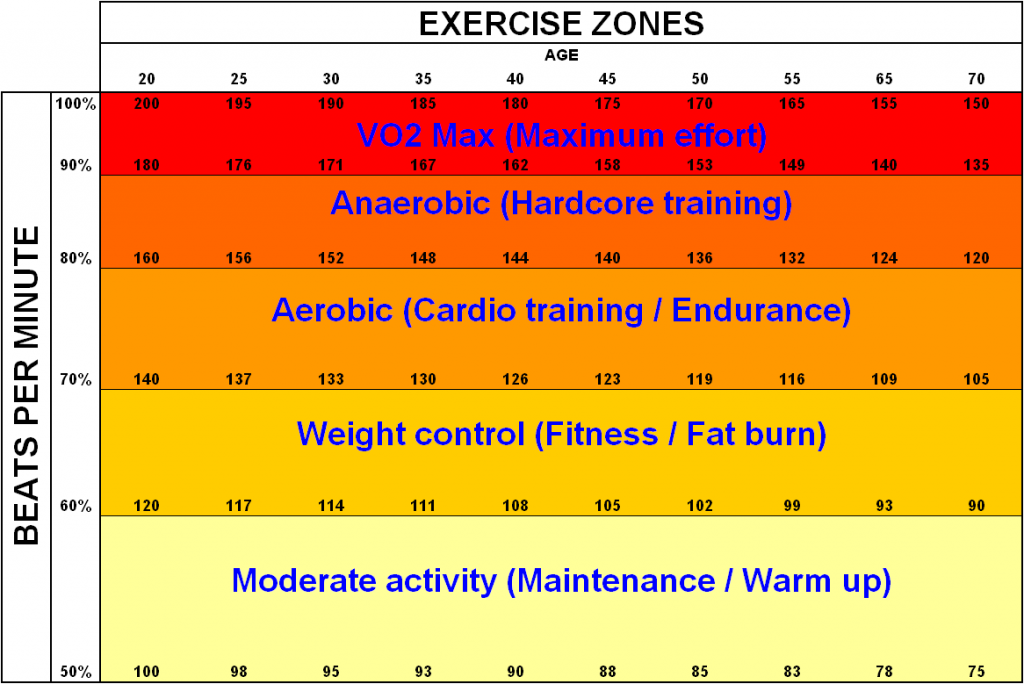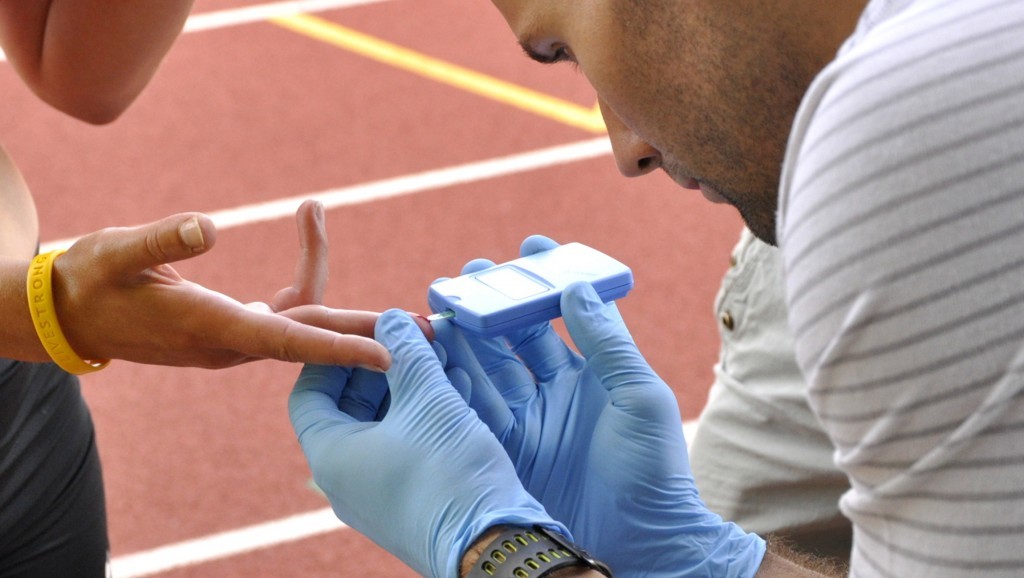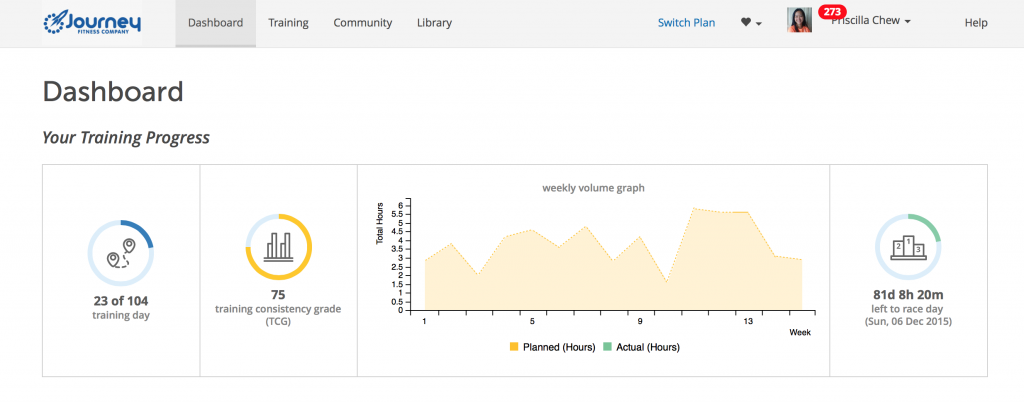Recently, the co-founders of Journey Fitness Company, Ben Pulham and Jon Fong, gave me the opportunity to try out their Coach training programme – to prepare for the StanChart Marathon which takes place on 6th December.

The Purvis Street office of Journey Fitness Co.
Started in 2008, the aims of Journey Fitness Company is to help athletes to get the best out of their training – through quality rather than quantity of training. This is through maximising the body’s potential to burn fats instead of carbs and focusing on training by heart rate and time rather than via distance, thus improving the body’s potential in the long run.
My initial session with the Journey Fitness Company’s Coach training programme, had been to do a testing session at their lab at Purvis Street, after fasting. For the testing session, I had been given two types of tests. These were the Lactate test, followed by the Fuel Efficiency Test – and I had to fast, because the two test results would have been complicated by food in my system.
This article will describe the two tests that I had done, before starting on the Coach training programme.

Eager to start the tests.
Lactate Test
This test gauges the body’s ability to clear lactate – a vital part of endurance training and running. Doing the lactate test helps the athlete to determine his or her lactate threshold and to eventually determine his or her accurate heart rate training zones to work with.

Know your body’s heart rate zones.
Photo by: www.athleteatheart.com
Upon knowing your heart rate zones, you can then customise your training to match this, and find out how hard you are actually working out. This is because the body’s perceived effort may not actually be the same as the actual effort. Most of your training sessions should preferably be in the mid-range of your steady heart rate zone (zone 2) with the exception of long runs and recovery sessions. If done to a tee, the average heart rate should be within the zone. Thus, having an adequate base level is important for this.
Body uses Lactate as fuel
Said Fong, “Lactate is used by your body to produce fuel. Through this fuelling process, hydrogen ions are produced – and they are acidic. So when hydrogen builds up in the muscles and blood stream, the muscles get fatigued over time. This is better know as lactic acid accumulation.”
The Lactate Test
For the lactate test, this was done while I was on the Journey Fitness lab treadmill. Triathletes and cyclists however, can choose to do the test on their own bicycle. During this test, the treadmill was set to an incline of 1.5 – to mimic running on flat roads. Fong explained that many athletes when working out in the gym, usually tend to set the treadmill to an incline of zero, which is actually not ideal, because that is mimicking downhill running, and may as a result, increase the chance of injuries especially at high speeds.
In the Lactate test, five different stages reflecting increasing training intensities are tested and blood samples are taken after each of the five stages to measure the lactate levels in the blood. Each stage lasts for about five minutes of running and one minute of rest in between, before the next one begins.

Blood samples are taken to measure the Lactate levels in the blood.
Photo by: bssc.uoregon.edu
This test is typically used by elite athletes to gauge their blood lactate levels, and that is how Fong and Pulham had been introduced to it – during their time as elite athletes. However Fong pointed out that when most other labs do this lactate test, they tend to use an elite athlete protocol – which is usually too much for most recreational athletes to take. But at Journey Fitness Company, the test has been modified so that it is more suited to the working recreational athletes, whose levels of performance are generally not as high. I definitely breathed a huge sigh of relief upon hearing that!
At the beginning of the Lactate Test, the running pace should be at an easy level, where conversation can be conducted easily too. But as the stages progressed though, I found it much more difficult and I was gasping for breath in the final stage. As a result, the test was stopped before the last stage could be completed in my case – as a safety precaution for me. We had started running at a slow speed of 6kmh and we progressed to 11kmh before we had stopped the test. According to Fong, I had been given six stages instead of the usual five, because the rise in the lactate levels in my blood was still relatively gradual, by the fifth stage. So this had meant that I actually had the potential to perform somewhat better than I had been doing, in terms of my running.
Fong said that there should be a slow and gradual rise of the blood lactate levels in the first three stages. This would be followed by a steep rise in the lactate levels in the final two stages of the test, and the test is usually stopped when the lactate levels reach 4.0. However not all cases will follow this standard. For example, Fong was telling me about a guy who had started the test with a lactate measurement of 7.0 in his blood, and when he reached the 5th and final stage of this test, his lactate level had shot up to 17.0.
The level of lactate in the blood though, can be affected by other external factors too – besides exercising. One of these is nerves – which many athletes may feel at the beginning of a race or a hard training session. In my case, I may have been feeling a bit nervous at the very beginning of the Lactate Test, so the levels of lactate in my blood were higher when I had first started out, before slowly dropping and then rising again.
Fuel Efficiency Test
This test gauges the current health of your body’s natural metabolism and gauges at how efficient it is at burning fat rather than carbs. This is because being able to tap into the body’s natural store of fats will help you to maintain a lean body figure, high energy levels and to go the distance when it comes to endurance events.
Fats are a better fuel than carbs
Explained Fong, “Fats are a better source of fuel than carbs but you need to know how to use them. Spend time in the fat burning zones when you are running and let the body know how to use fats as fuel.” The general rule of thumb though, is that if you run harder you burn carbs but if you run slower, then the rate of carb consumption is lower and you will tend to burn fats instead.
As well, Fong also added that to get the body to become more efficient in fat burning, you should reduce your carbohydrate consumption especially just prior to your training sessions – because consuming starchy and sugary foods, especially just before training sessions, causes the body to burn carbs and not fats.
Carbo Loading is often excessive

Do not engage in carbo loading obsessively.
Photo by: pittsburgh-dietitian.com
Fong said that carbo loading – a common practice before marathons – is used to reload the body’s carbohydrate stores to be ready for the race. But most runners tend to overload, such as eating mountains of pasta just before their race.
Added Fong, “You do not need to refuel as much as you think though, as you are doing less training when you taper. If you were training as per normal, prior to a race, you can up your carb content a little bit, but if you are tapering, it is not necessary because you are doing less exercise in the first place.”
Body uses carbs to repair and recover muscle after exercise
Also, after running, Fong says that the stored carbs is what the body uses to repair muscle and is also used to maintain the body’s immune function. He added, “But when the stored levels are too low, the body goes into immune deficiency mode making you prone to falling sick. So you should conserve the carbs and force the body to burn fats.”
The Fuel Efficiency Test

Jon helps me to put on the mask for the test.
In my case, the test was done on the Journey Fitness Lab treadmill. Triathletes and cyclists however, can choose to do the test on their own bicycle. During this test, the treadmill was set to an incline of 1.5 – to mimic running on flat roads.
For the Fuel Efficiency Test, I had to wear an oxygen mask that measures the ratio between oxygen and carbon dioxide as the treadmill speed was gradually increased, in my case, from a slow 4kmh to a maximum of about 10.44kmh. I felt quite strange and my face felt rather warm, when running with the oxygen mask and at times, I could feel it slipping down my face, as it didn’t really fit properly. Fortunately, Fong told me that this slipping of the oxygen mask didn’t really affect my readings too much though.
The running itself was pretty easy at first. I was walking on the treadmill until about 6.5kmh when I had to slow jog. By the end of the test, I was running much faster, but as a whole, this test was generally easier and mostly less strenuous on the body, than the Lactate Test that I had done earlier. This is primarily because the body is not spending very long, running at its threshold pace – as compared to the Lactate Test where it is supposed to last a full 5 minutes.
According to Fong, based on the test results, while my body’s capability at burning fats and not carbohydrates was relatively okay, improvements can be made though. Explained Fong, “Generally you should try to keep pushing the crossover point – that is, when the body starts to burn equal amounts of fats and carbs – to shift further down the line.”
Type of calories being burned
Fong added, “People tend to be very concerned with number of calories – but you need to know what type of calories are being burnt. People that do high intensity exercises like spin classes may burn more calories, but most of it is carbs and not fats. That is why when they stop working out due to lack of time maybe, they tend to gain weight.”
Fong continued, “But on the other hand, people who take part in lower intensity exercises and lower level aerobic training are burning fats – and the body learns to manage starch and sugar better and is able to better control its production of insulin throughout the day. So such people are less likely to gain a lot of weight when they stop working out.”
Run on an empty stomach

It is best to do your training runs on an empty stomach.
Photo by: www.decathlon.in
For training runs too, according to Fong, it is better to run on an empty stomach, or if you’ve eaten, a meal that’s low in carbs, rather than on a high-carb one. This is to maximise the body’s potential of fats burning – rather than having the body take the easy way out with burning carbs instead.
Said Fong, “Don’t eat lots of starch or sugar before running, and for evening runs, try and avoid eating high quantities of starch or sugars during that day. This though, only improves fat burning with aerobic training and is a benefit that you will see gradually with time.”
A good balance of carbs and proteins post-run
After you have finished running too, it is good to have a good balance of carbs and proteins so that the body can repair itself adequately.
So if you are still running after 90 minutes, it is good to take in electrolytes in the form of energy drinks as these also contain carbohydrates as well as salts. But if your run is over, it is most preferably better to have a proper meal containing carbs, to replenish what you have lost through exercise.”
Creating of a customised Coach training plan
Upon completion of the tests, I had to create a customised training plan at home, with the help of the Journey Fitness Company Coach online system, to suit my daily schedules and the times that I have to exercise, and then put this into action.

Customise your Journey Fitness Coach Training Programme.
Using details such as what I am training for (i.e. 5km, 10km, half marathon or a full marathon), the system would take into account too, my running base and how many times a week I would like to train. The Coach system would then formulate a programme to suit me based on the input that I would be feeding into the system.
And according to Fong and Pulham too, this training plan is quite flexible because depending on your commitments, it can be tailored to suit these. Even though it is still the most optimum in terms of achieving results if you are able to be consistent with your training times and the number of training sessions per week, working athletes may not have this luxury. So if you are particularly busy one week, you can schedule lesser training sessions, and put in an extra session the following week if you are more free then.
And Pulham stressed that if you miss a training session due to a last minute appointment or if you are held back at a work meeting, you should not beat yourself up over it and try and make up for this at a later time. After all, one missed training session is not going to kill you.
Click here for more on Coach Training Programme.
Click here for marathon training tips by Ben Pulham.
Click here for Ben Pulham’s tips from the SCMS Community Workshops.
Click Here for Part 2, which will describe how I initially felt when training for my StanChart Marathon run, with the Journey Fitness Company Coach Training Programme.
For more information on Journey Fitness Company and the Coach training programme, click here. https://app.journeyfitnesscompany.com

Leave a Comment